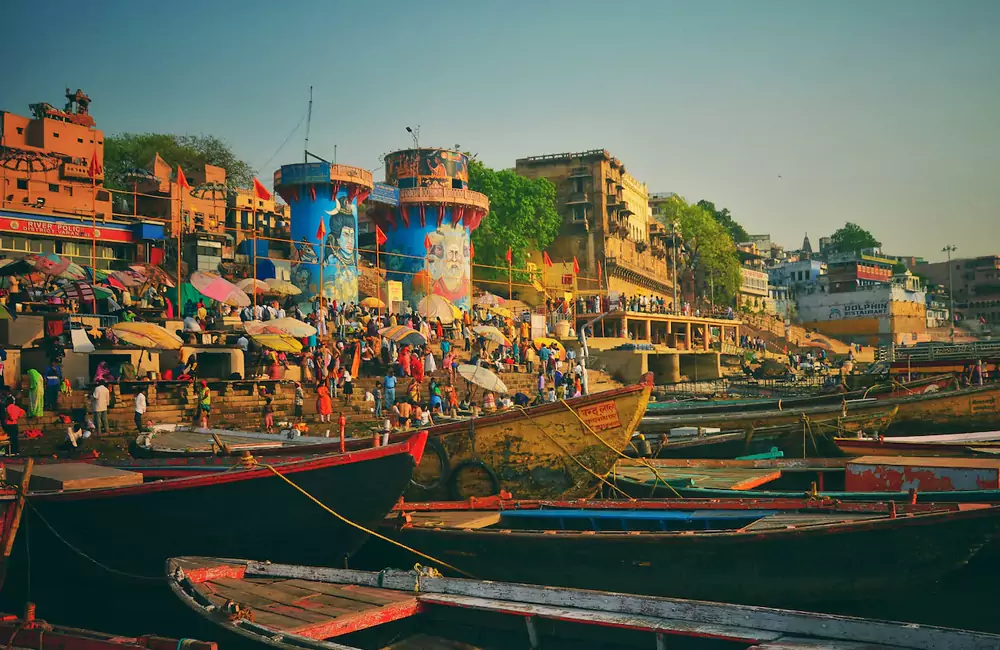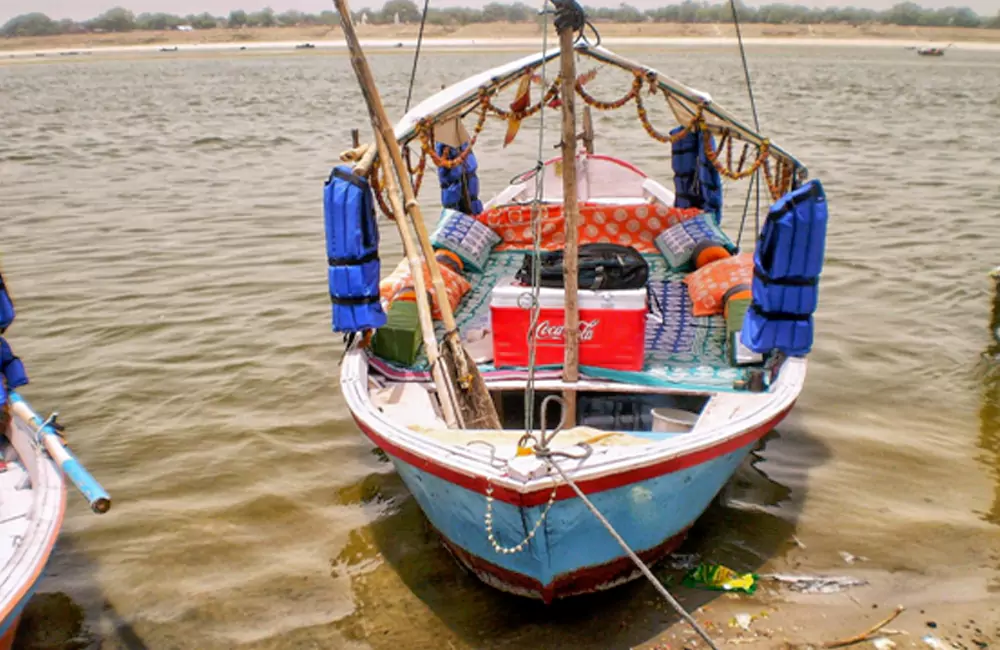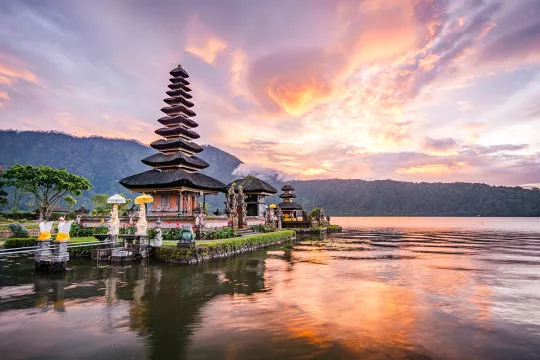River Ganges:
Ganges is the most sacred of all Indian rivers and there is no other waterway in the world that is revered so deeply and passionately by a huge section of humanity, and whose persona is so intricately interwoven with a country’s cultural ethos. The infinite waters of this blessed river have witnessed the rise and fall of great Empires as well as social and religious movements, and the gradual growth of a number of important cities and pilgrimages on its banks. Its very name evokes the colourful and vibrant panorama of Indian civilization.
Trip Route : Varanasi-Chunar-Varanasi.
Trip length : 1 Full Day Sailing. Approximately 8-10 hours.
Location
Heritage
Landscape
Wildlife
Highlights:
Insight of Sailing and Camping Trip
- Boats are common wooden country boats with a couple of rows, a mast and two boat men on each boat. There will be no seats or bench. On board there will be mattress & pillows and 4 persons can easily sit in a relaxed position while enjoying the landscape. Sitting area is covered with a canvas roof.
Note: If there are two to 4 clients, there will be one boat for them and one for our kitchen crew. - For the toilet, we stop the boats at a deserted bank.
- If plan a trip from mid Jan to Feb, suggest a day in Allahabad to visit the annual Magh Mela (a kind of baby Kumbh Mela – start from Makar Sankranti till Mahashivaratri) at the confluence of river Yamuna, Ganga & mythical Saraswati. A tented township grows up on the banks of the river where thousands of devotees come for a holy dip, especially on some specific days like full moon or no moon.
Detailed itinerary
Day 1: Arrival- Varanasi
Our representative will pick you from the Airport/Railways Station/Hotel and will proceed to Chunar at Sailing Point. Basically the fort of Chunar was established by Maharaja Vikramaditya the king of Ujjain.
To commemorate the stay of his brother Raja Bhartihari who had taken his Samadhi in alive stage and still that Samadhi Sthal is worshiped. The Chunar fort is situated 40 Km. from Varanasi. The Fort is situated in the Vindhya Range. Chunar Fort, overlooking the Ganges, has had a succession of owners representing most of India’s rulers over the last 500 years. Sher Shah took it from Humayun in 1540, Akbar recaptured it for the Mughals in 1575 and in the 18th century it passed to the nawabs of Avadh. They were shortly followed by the British, whose gravestones here make interesting reading. Chunar sandstone has been used for centuries, most famously in Ashokan pillars – and is still quarried, leaving the surrounding hills looking ravaged in places.
At arrival every passenger will be welcomed traditionally with garland and welcome drink. Lunch will be served on board. Evening high tea will be served on island. Enjoy the serenity of the island and you may also entertain yourself with Volleyball or capturing the sunset in your cameras.
Optional Activities
1. We may also organize an astrologer for this special trip where Clients may have an understanding of the insight of ancient Indian science where the future may be predicted partially.
2. In another optional activity we may organize the Sitar jugalbandi with Tabla. The sitar is a plucked stringed instrument used mainly in Hindustani music, or classical Indian and Pakistani music. It is believed to have been derived from the veena, an ancient Indian instrument, which was modified by a Mughal court musician to conform with the tastes of his Persian patrons and named after a Persian instrument called the sitar (meaning “three strings”). It subsequently underwent many changes, and the modern sitar evolved in 18th century India. It derives its distinctive timbre and resonance from sympathetic strings, bridge design, a long hollow neck and a gourd resonating chamber.
End of 1 day Sailing Trip.
Trip and Services
Tour Inclusions:
- 1 day sailing on Ganges.
- Boats -1 boat for 4 persons
- Food – 1 Lunch, tea and cookies served (Unlimited/on demand).
- Evening Snacks with tea/coffee
- English speaking sailing manager.
- On board kitchen facilities.
- Life jackets for every member.
- Sufficient Quilts/blankets for every member with tent mattresses.
- On board a first aid kit on every boat.
Not Inclusions:
- Any Air Fare
- Transfer
- Beverages- Mineral Water & Cold Drinks
- Travel Insurance
- Freshen Up Day Rooms & Breakfast on Day One.
- Any expense of personal Nature Tips, Telephone calls, laundry etc.
- Any Entrance / Monument Fee.





 Varanasi
Varanasi 4-5 Hours
4-5 Hours
